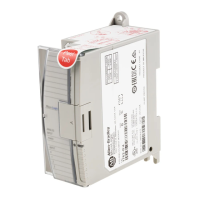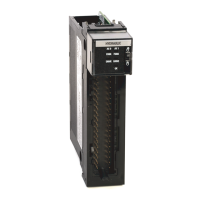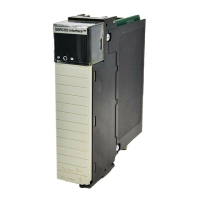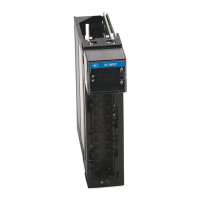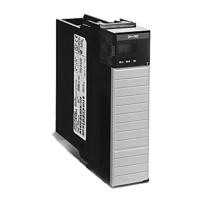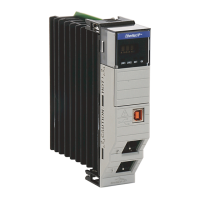Publication 1762-RM001C-EN-P
Programming Instructions Overview 4-5
Indirect Addressing of a File
•
Address: N[N50:100]:10
•
Description: In this example, the source of the COP instruction is
indirected by N50:100. The data in N50:100 defines the data file
number to be used in the instruction. In this example, the copy
instruction source A is defined by N[N50:100]:10. When the instruction
is scanned, the data in N50:100 is used to define the data file to be
used for the COP instruction. If the value of location N50:100 = 27,
this instruction copies 15 elements of data from N27:10 (N27:10 to
N27:24) to N7:0 (N7:0 to N7:14)
NOTE
If a number larger than 255 is placed in N50:100 in
this example, a controller fault occurs. This is because
the controller has a maximum of 255 data files. In
addition, the file defined by the indirection should
match the file type defined by the instruction, in this
example an integer file.
NOTE
This example also illustrates how to perform a limit
check on the indirect address. The limit instruction at
the beginning of the rung is monitoring the indirect
element. If the data at N50:100 is less than 10 or
greater than 25, the copy instruction is not processed.
This procedure can be used to make sure an indirect
address does not access data an unintended location.
0001
LIM
Limit Test
Low Lim 10
10<
Test N50:100
10<
High Lim 25
25<
LIM B3:0
0
COP
Copy File
Source #N[N50:100]:10
Dest #N7:0
Length 15
COP

